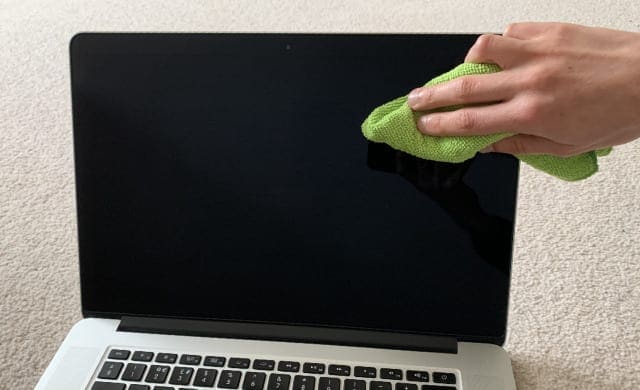

The initial erase and data removal process is how this primarily differs from simply reinstalling Mac OS X system software on the Mac without formatting the Mac to begin with, which would maintain files and apps and user data, whereas the factory reset completely removes everything and starts fresh. Note the difference between a reset of the Mac and a simple reinstall of system software: a true factory reset of a Mac as we’ll show here, is that the computer is erased clean of any and all data entirely, and then a new factory installation of Mac OS X system software is installed on the computer. You can also perform the exact same actions as described here from a boot USB disk if you have one. After that, you’ll be able to rock the new freshly installed OS X.This reset and restore method is the same with every Mac computer out there, including iMac, MacBook Pro, MacBook, MacBook Air, Mac Mini, and Mac Pro, as long as the Mac is running a somewhat modern version of Mac OS system software with recovery mode support.

It can take a while, might want to play some Angry Birds for a while or grab a beer!Īfter the reinstall, you or the new owner will need to go through the setup process, transfer files, connect to WiFi…etc. You’re Mac will restart a few times automatically while everything is erased and reinstalled. Now you can kick back and wait while OS X reinstalls. If you only have one drive, it will be selected for you automatically.īefore OS X installs, you’ll need to log in to your Apple Account. Now agree to the terms of service for the software license.Īfter that select the hard drive you want to install OS X on.

Click Continue at the bottom, and on the message that comes up, click the Continue button. Next you’ll get the OS X Mountain Lion screen. Reinstall Apple OS X Mountain LionĪfter that’s done, go back to OS X Utilities and this time highlight Reinstall OS X and click Continue. This does a similar job of securely erasing your drive as DBAN for Windows. If you want to be extra secure, select Security Options, then select 7-Pass Erase, which meets the US Department of Defense 5220-22 M standard. That will erase all data and reformat the hard disk. Select the local drive and click the Erase tab, Format should be set to Mac OS Extended (journaled), the click the Erase button. Start your Mac and hold down the Command + R key combination. Note: I started by selling my iPad 3, and if you’re selling yours, check out my article on how to erase your data and reset it.


 0 kommentar(er)
0 kommentar(er)
